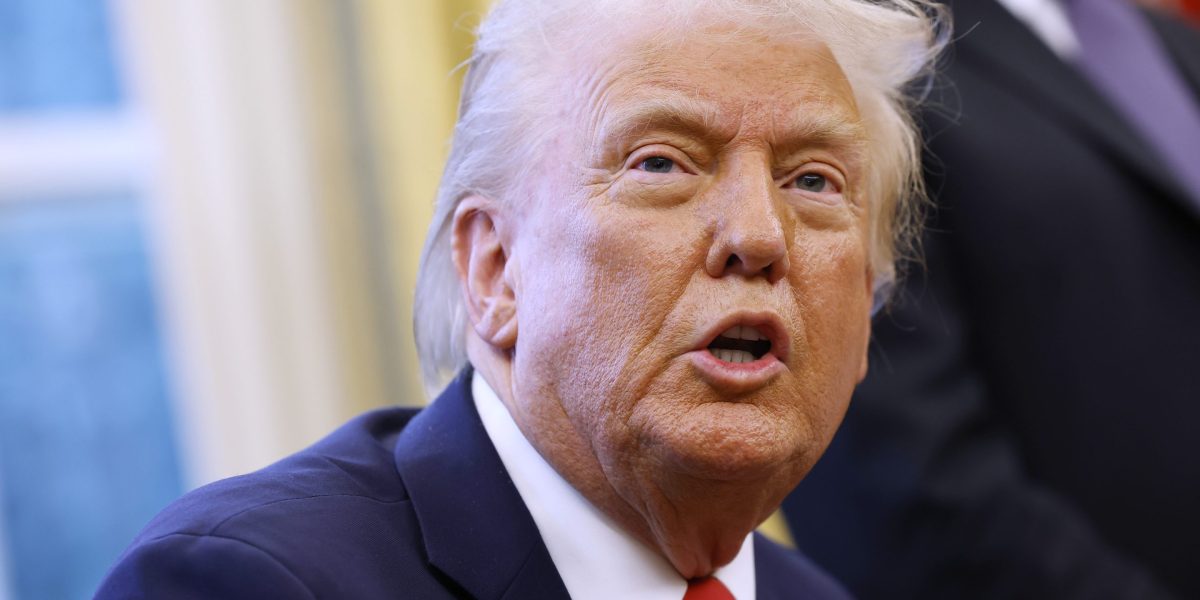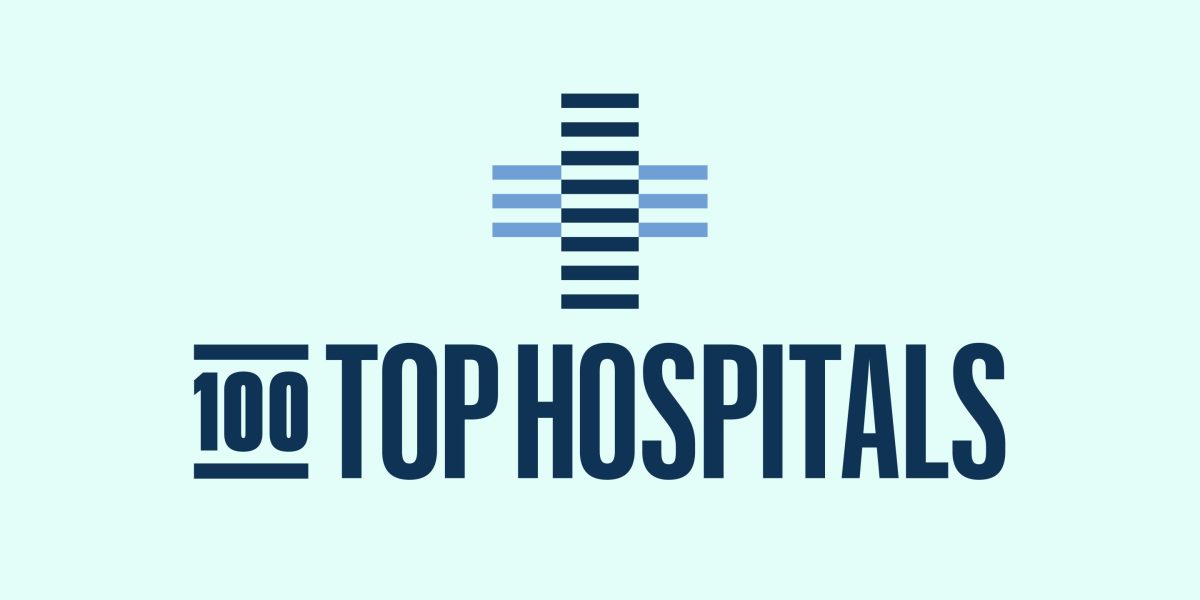- Apollo Chief Economist Torsten Slok said layoffs from Elon Musk’s Department of Government Efficiency and Trump’s trade war could pose a threat to housing, which had a decent month of sales in an otherwise frozen market. A higher unemployment rate would only make matters worse.
It was a week of back-to-back housing data that revealed some positive and some negative manifestations in the market. But there is an unanticipated development to watch out for: the Department of Government Efficiency run by the richest man in the world, Elon Musk.
“Downside risks to the housing market are layoffs because of DOGE and any potential layoffs because of trade war uncertainty,” Apollo Chief Economist Torsten Slok told Fortune in a statement, referring to the administration’s back-and-forth tariffs. “If the unemployment rate starts to go up it would be a downside risk to housing.”
There are mass layoffs occurring in the federal government—part of Musk’s and his non-cabinet level body’s cost-cutting. A person is less likely to consider buying a home if they’ve just lost their job.
Until now, that had not necessarily been an issue in the post-pandemic housing world. Instead, home sales are depressed because people can’t afford to buy after prices skyrocketed during the pandemic and mortgage rates followed; others aren’t selling either because they don’t want to lose their low mortgage rate. So if sales, mostly existing home sales, are already at recessionary levels and unemployment goes up, it would not be good.
DOGE and the White House press office did not respond to Fortune’s request for comment.
Layoffs would come just as there are some signals home sales could be taking a turn for the better. The data released throughout the week showed solid job and wage growth is boosting demand for housing, according to Slok. But the positive home sales numbers might not be so positive when you consider the big picture, other economists told Fortune.
In February, sales of newly constructed homes rose 1.8% from a month earlier and 5.1% from a year earlier, per government data released Tuesday. Pending home sales rose 2% in February compared to a month ago but fell 3.6% compared to a year ago, per data released Thursday.
That “suggests improved home buying activity” after January’s weak numbers, Wells Fargo Senior Economist Charles Dougherty said. “Zooming out, however, the message is that adverse affordability conditions continue to weigh significantly on the housing sector.”
Dougherty explained that the month-over-month pending home sales bounce is encouraging because it means they aren’t in free fall. But they’re still lethargic and near record lows. When it comes to new home sales, they continue to outdo existing sales because homebuilders can offer what sellers can’t: incentives such as mortgage rate buydowns. But new home sales have basically been flat over the past several months, Dougherty mentioned.
Existing home sales data came out last week and showed sales rose 4.2% in February from January but slipped 1.2% from a year ago.
Selma Hepp, chief economist for Cotality, formerly CoreLogic, echoed Dougherty, saying that activity is low compared to historical trends, despite the slight uptick.
Meanwhile, high home prices and mortgage rates continue to weigh on affordability and limit a housing market recovery, Sam Williamson, senior economist at First American Financial, said. Home prices rose 4.1% in January, per the S&P CoreLogic Case-Shiller Index, which was reported Tuesday. This is in line with the recent trend of slower appreciation but an increase nonetheless.
The average 30-year fixed mortgage rate came in at 6.65% for Freddie Mac’s weekly reading Thursday, a two-basis-point drop. That is an improvement, but mortgage rates are nowhere near their pandemic rock bottom of sub-3% that people became accustomed to. The high home price, high mortgage combination has eroded affordability and that can’t be reversed because of some favorable data.
This story was originally featured on Fortune.com
Source link

 Entertainment8 years ago
Entertainment8 years ago
 Politics8 years ago
Politics8 years ago
 Entertainment8 years ago
Entertainment8 years ago
 Entertainment8 years ago
Entertainment8 years ago
 Tech8 years ago
Tech8 years ago
 Tech8 years ago
Tech8 years ago
 Tech8 years ago
Tech8 years ago
 Politics8 years ago
Politics8 years ago







